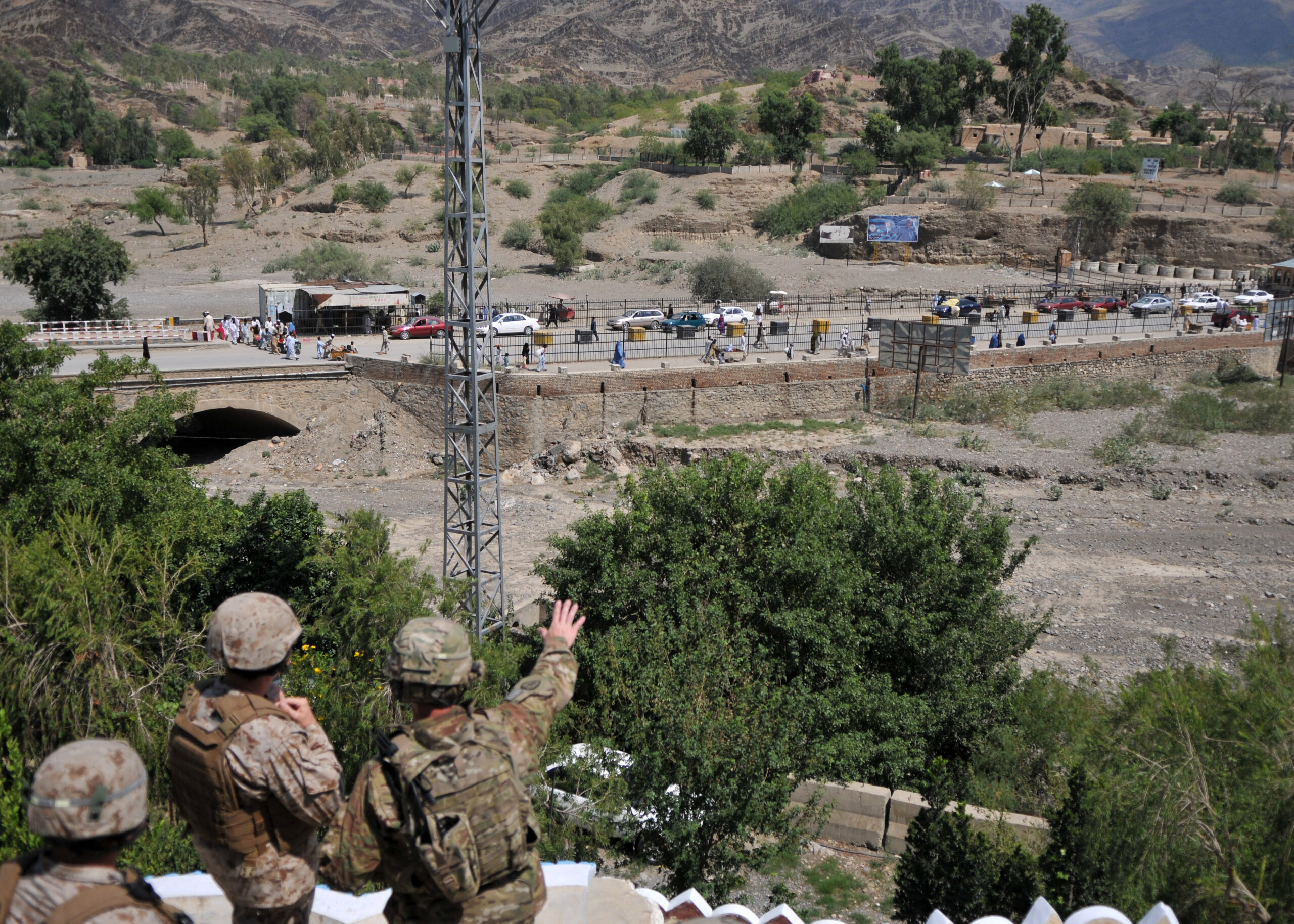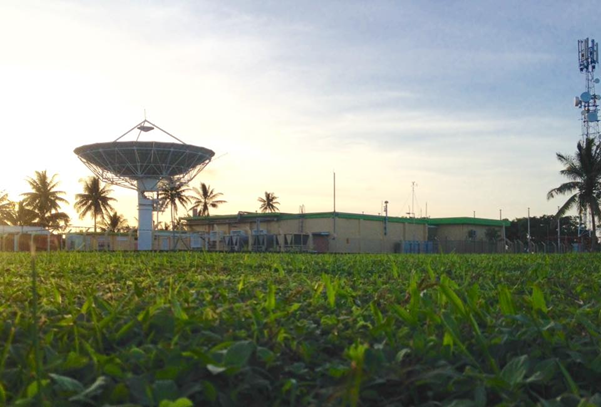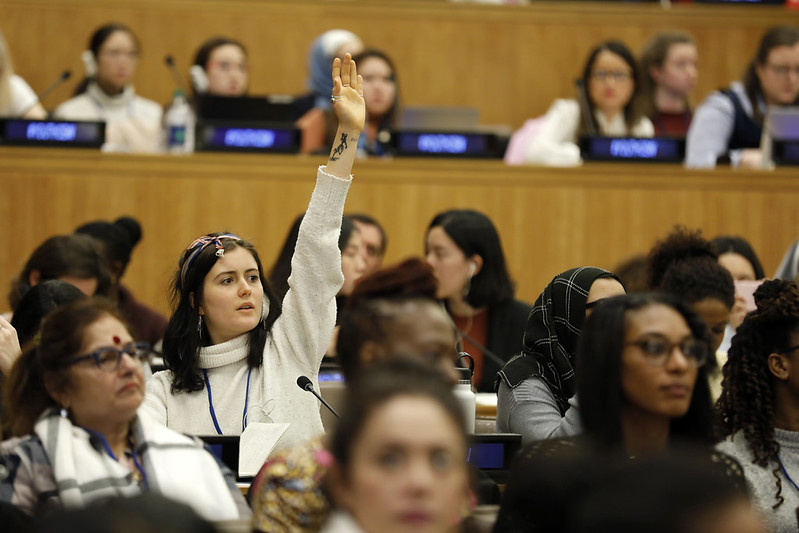Afghanistan is once again the stage for a shadow war between India and Pakistan, where drones, proxies, and diplomacy replace the old tools of empire. As border clashes escalate and embassies reopen, it’s clear the Great Game has returned—reimagined, hybrid, and dangerously unresolved.
Pakistan and Afghanistan agreed to a 48-hour ceasefire after a week of intense and bloody combat along the Durand Line, which runs through Spin Boldak, Kurram, Chaman and Kunar. This halted the artillery barrages, drone strikes, and small-arms fire exchanges that had devastated the Durand-line more than ever. Simultaneously, India announced plans to reopen its embassy in Kabul, a move it had refrained from since the Taliban took power in 2021, in an effort to rekindle diplomatic relations. Together, these events mark the resurgence of a contemporary Great Game in Afghanistan, where the instruments of power have changed, and they were by no means accidental. Competition is now defined by the interaction of proxies, statecraft, and Durand-line aggression in a renewed contest for regional leverage and strategic depth rather than by horse or cannon fire.
Border Fire and the Fragility of Order
Although there have been 150 conflicts between the Taliban and Pakistan on multiple occasions since they took over Afghanistan, the scope of the most recent conflicts is one of the worst since 2021. Afghanistan said it had killed 58 Pakistani soldiers in retaliatory strikes, while Pakistan said it had killed more than two hundred “terrorists and militants”. Across the frontier, the back-and-forth was instantly felt. Civilian evacuations were reported in frontline settlements, trade lanes were interrupted, and Durand Line crossings, such as Chaman and Torkham, were closed by Pakistan.
Pakistan closed all its border stations with Afghanistan as tensions increased, claiming security needs following overnight attacks and harassment. In a counterattack, Kabul said that Pakistan had attacked neighbourhoods in Kabul and Kandahar with airstrikes, which Afghanistan claimed violated its sovereignty.
Islamabad and Kabul agreed to a 48-hour ceasefire beginning at 6 p.m. local time in response to regional mediation and international pressure, promising to “engage in sincere dialogue“. However, suspicions and tensions persisted even as the guns stopped firing, demonstrating how fragile peace is when Durand-Line violence and political rivalry coexist.
The TTP Factor and Operational Pressure
The revival of the Tehreek-e-Taliban Pakistan (TTP) lies at the heart of Islamabad’s complaints. Islamabad accused Kabul of ignoring TTP safe havens where militants conduct cross-border raids in Afghan regions near the Durand line. The TTP has reestablished itself in the lawless borderlands after being weakened by Pakistani offensives; Pakistan views this as an existential threat.
Pakistan has started counterterrorism efforts on its side of the border concurrently. Operation Sarbakaf, launched in July 2025 in the Bajaur district with the goal of destroying militant hideouts and reestablishing government authority, is a significant campaign. According to Islamabad’s battlefield narrative, counterterrorism measures will always be restricted and reactive in the absence of Afghan participation.
Afghanistan disputes the Pakistani narrative, claiming that it is incapable of harbouring TTP leadership or intends to do so. Additionally, Kabul accuses Islamabad of adopting counterterrorism language to defend its violent incursions into Afghan territory. The TTP turns into a weapon and a justification in a high-stakes setting where border tribes, terrorist cells, and permeable terrain all coexist.
India’s Return: Diplomacy or Strategy?
India made a calculated move as the border burned: it announced that it would reopen its embassy in Kabul, bolstering the technical mission it had maintained there since 2022. India is reopening doors it closed in 2021 in an attempt to resume its engagement in the shadow war of influence in Afghanistan, a diplomatic move of symbolic significance.
New Delhi maintains that cooperation with Kabul does not imply support for Taliban governance. Instead of using overt military alignment, it presents its strategy as conditional and strategic, involving soft power, humanitarian outreach, and promised investments. However, India’s re-entry signifies a resurgence of rivalry for Islamabad. Pakistan’s anxiety that its influence corridor is being threatened and that it must increase pressure from the border side is rekindled by the prospect of Indian presence in Afghan territory.
Shadow Strategies in an Era of Hybrid Conflict
In addition to artillery and proxies, media narratives, perception control, and asymmetric tactics are all used in the current Great Game. While Indian media channels focused on sovereignty, development, and regional security norms, Pakistan’s state media presented its actions as defensive attacks against militant strongholds. Because the tale is frequently just as powerful as the shell in contested locations, these narrative inversions are significant.
Furthermore, to avoid open conflict, Pakistan and India are increasingly relying on intelligence sharing, cyber technologies, and covert networks to gain an edge. Afghanistan becomes a battlefield of influence, infiltration, and image rather than one of armies as a result of this covert interaction, which blurs the distinction between war and peacetime rivalry.
Conditions for Stability: A Strategic Reset
Although encouraging, the short-term truce is only a tactical stopgap rather than a long-term solution. To prevent Afghanistan from slipping into yet another protracted cycle of proxy conflict, regional countries need to work towards a structural reset that substitutes prudence for reactivity. Understanding that Afghan land cannot be used as a springboard for one neighbour’s aspirations against another is the first step towards stability. Supported by regional verification procedures, a legally enforceable non-interference agreement might assist in establishing a basic level of confidence and restrict the use of Afghan territory for terrorist or proxy activities.
Restoring direct communication between India and Pakistan via technical, low-key channels centred on border control, refugee coordination, and counter-narcotics activities is equally important. Although the rivalry would not disappear, such communication could reduce the likelihood of errors in judgment that frequently cause skirmishes to escalate into crises. Lastly, interaction with the Taliban needs to be conditional and driven by quantifiable pledges to uphold human rights, protect civilians, and combat terrorism.
As the defenders of Afghanistan’s residual pluralism, civil society, the media, and diaspora networks demand ongoing international support, however, diplomatic recognition and development assistance should be contingent upon observable progress. Although challenging, these actions provide a framework for managing competition in a territory still subject to realist imperatives, where stability is defined as the discipline of rivalry rather than its absence.
The Great Game Reimagined: Risk and Resolution
India’s diplomatic reengagement and the 2025 ceasefire are not the finale; instead, they are the beginning of a new and dangerous stage of rivalry. In the power struggle, Afghanistan’s institutions and land run the risk of being used as leverage, with the Afghan people suffering the most.
India and Pakistan are motivated by security imperatives rather than compassion, according to neorealists. The border clashes are a sign of a larger security issue, and the TTP is a means by which one state externalises its internal threat. According to the Regional Security Complex Theory, Afghanistan is a hub for the interconnected security systems of South Asia, not just a battlefield. In the meantime, antagonism that goes beyond simple interests is fostered by identity narratives, such as India’s civilisational mission and Pakistan’s defence of the frontier.
The Great Game has returned, but the territory is more contested than ever before, the stakes are lower, and the motions are more subdued. The ability of India and Pakistan to channel their antagonism into a constructive framework rather than allowing it to flare up again will determine whether Afghanistan becomes a pawn, a staging ground, or a sovereign partner.
Sami Omari is an Afghan-born international relations, diplomatic and policy consultant with extensive experience alongside NATO, ISAF, the U.S. Department of State, and diplomatic missions on governance, conflict, and legal reform in fragile states. He previously served as a prosecutor, legal advisor, and cultural affairs advisor in Afghanistan. He served as the Government Liaison Manager for NATO in Afghanistan during the US-Taliban Doha agreement and the release of 5000 Taliban prisoners. Now based in Australia, he is a Strategic Consultant on South and Central Asian Security and Strategic affairs and currently completing a Master’s in International Relations at Flinders University, Australia.
This article is published under a Creative Commons License and may be republished with attribution.





